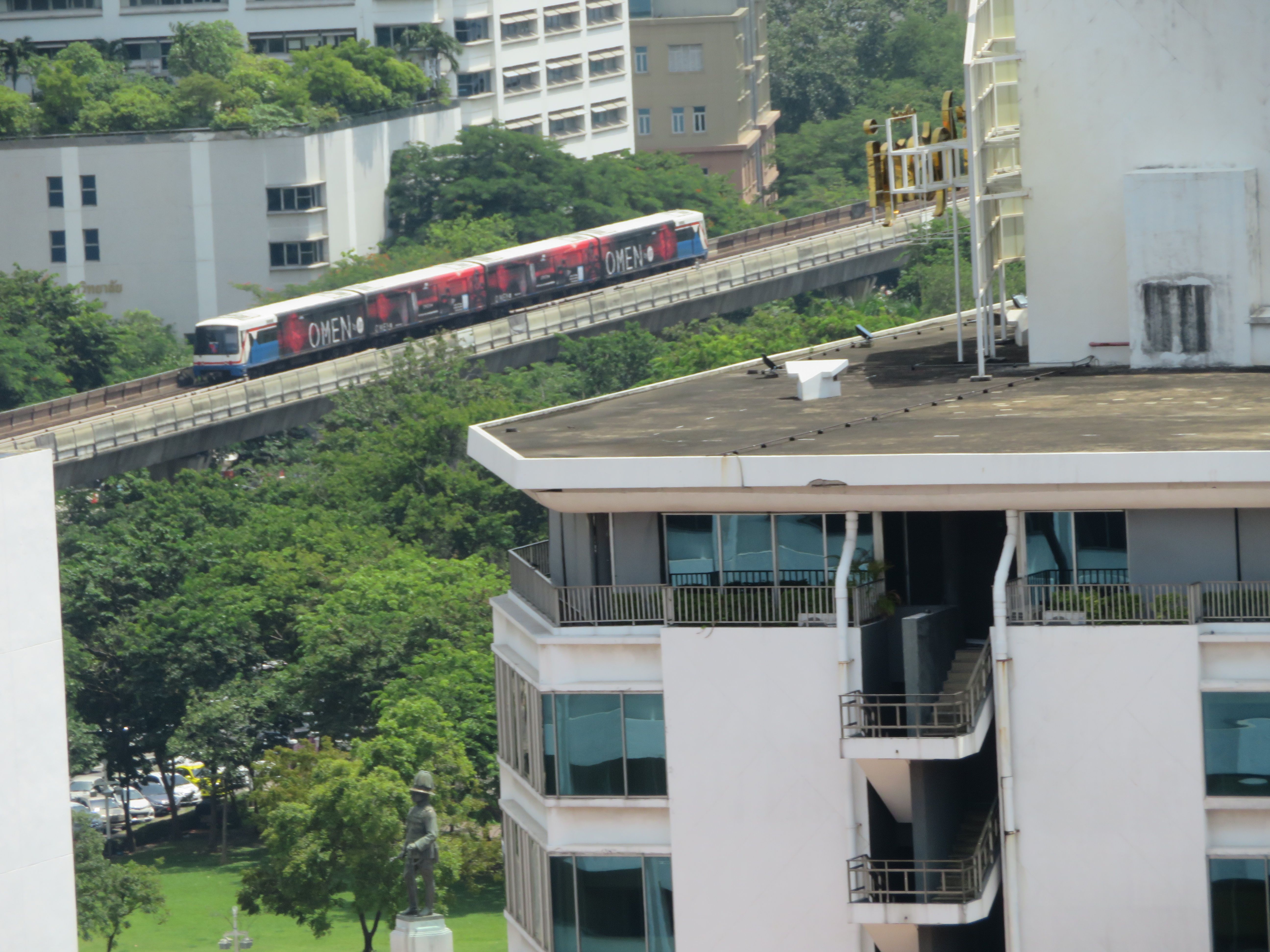BANGKOK—If there's a better index than subways and trains to illustrate the way Asia is outshining the United States, at least when it comes to mass transit, I don't know what it is.
Look at it this way: in roughly the same number of years that it took the state of New York to open its Second Avenue subway line, with three new stations and two miles of tunnel and track, China completed a nation-wide system of high speed trains, 14,000 miles, dozens of cities, and immense modern stations.
The Second Avenue subway carries roughly 200,000 riders per day. The Chinese system carries an average of nearly four million.
Of course, the comparison between a rising power like China, a country that in many ways is starting from scratch, and a single, established, crowded metropolitan area like New York, is not entirely fair. Still, while President Trump's campaign promise to spend a trillion dollars to renew the crumbling American infrastructure hasn't yet translated into money or policy or actual projects, Asia is moving impressively ahead.
In recent weeks I've ridden the subway systems in three Asian capitals—Beijing, Taipei, and Bangkok, and the comparison of those systems with the dinghy, delay-written system of my home town, New York, is frankly a bit depressing.
Here are some of the things, common in New York, that I didn't observe in any of the three Asian systems: trains stopping mysteriously between stations; announcements that “we are delayed because of train traffic ahead of us"; announcements that because of a “police investigation” at some station ahead of you, you can't count on getting to your destination on time; no broken escalators. I heard no station announcements that are either inaudibly low or ear-splittingly loud.
Some of the differences are less the new, high-tech, computerized lines in Asia, with their modern switching systems, their safety barriers, their on-time performances; it's also a question of the civic culture, a ridership that observes the rules.
In this sense, I never saw anybody eating on a subway train in Beijing, Taipei, or Bangkok; there are no young guys shouting “Show time!” turning on a boom box, and performing acrobatics in the middle of the cars, and then roaming the corridor asking for money. I saw not a scratch of graffiti. I saw no garbage on the tracks. There are beggars and homeless people in Asia, but I never saw anybody asking for a handout on a train.
When trains arrive at the station, people on the platform stand aside and in line to let riding passengers out, before boarding themselves, in contrast to the ragged clumps of people that form in front of the subway doors in New York, and make getting on and off a contact sport.
The trains and stations in Asia, being relatively new, are clean, bright, well-lighted, and well sign-posted. There's none of the 2-train is running on the 5-train track, with the electronic signboard inside the car showing the route of a different train. There is none of the ground-in grime, the dimness, the Stygian netherworld-ness of most New York stations.
And then there are the airport connections. Arrive in Beijing's magnificent airport, and you can take a train direct to two central locations in the middle of the city, about a half hour to cover the 17 miles, and those locations are directly linked to the subway. Taipei and Bangkok also have fast, clean, convenient, and inexpensive direct connections by train from their international airports to their center cities.
With the partial exception of the Newark International Airport in New Jersey, New York has no such thing. True, there's the Airtrain at JFK, which is clean and swift, but it only goes to Jamaica in Queens, from which you have to endure either the subway or the creaky Long Island Railway to get to a further destination, the Manhattan destination being Pennsylvania Station, which is decrepit, ugly, and confusing—no match, for example, with Taipei's gleaming, airy central station, which connects to the island's own network of high speed trains.
New York is like arriving in what the Asian Third World used to be.
Do I idealize the Asian situation? Some friends here in Bangkok say that I do. I haven't witnessed trains stopping between stations because I simply haven't spent enough time on them. I reply that you don't have to spend much time in New York to witness trains stopping between stations. My friends say that the Bangkok system, which is small, just four lines altogether, 53 stations, reflects the economic and political power of the Thai elite. The intercity trains, which are used by the Bangkok poor, are shabby, slow, and hours late, even worse than the intercity trains of the United States.
Nor are Beijing and Taipei models of perfection. The subways in Beijing at rush hour are reminders of China's vast population. Two or three trains can easily stop to load and unload passengers before you have a chance to board, especially on the city's main East-West Number One line, while other stations leave you off in the middle of three-lane highways, where you have to walk long distances to get to your destination.
Beijing is traffic-choked, polluted, pedestrian-unfriendly. (Taipei actually seems to me pretty close to perfect in these respects.) I wouldn't exchange Beijing for New York for many reasons. But the subway in Beijing is better than ours, and the long-distance trains almost incomparably better. Where's our great infrastructure renewal, Mr. Trump?
